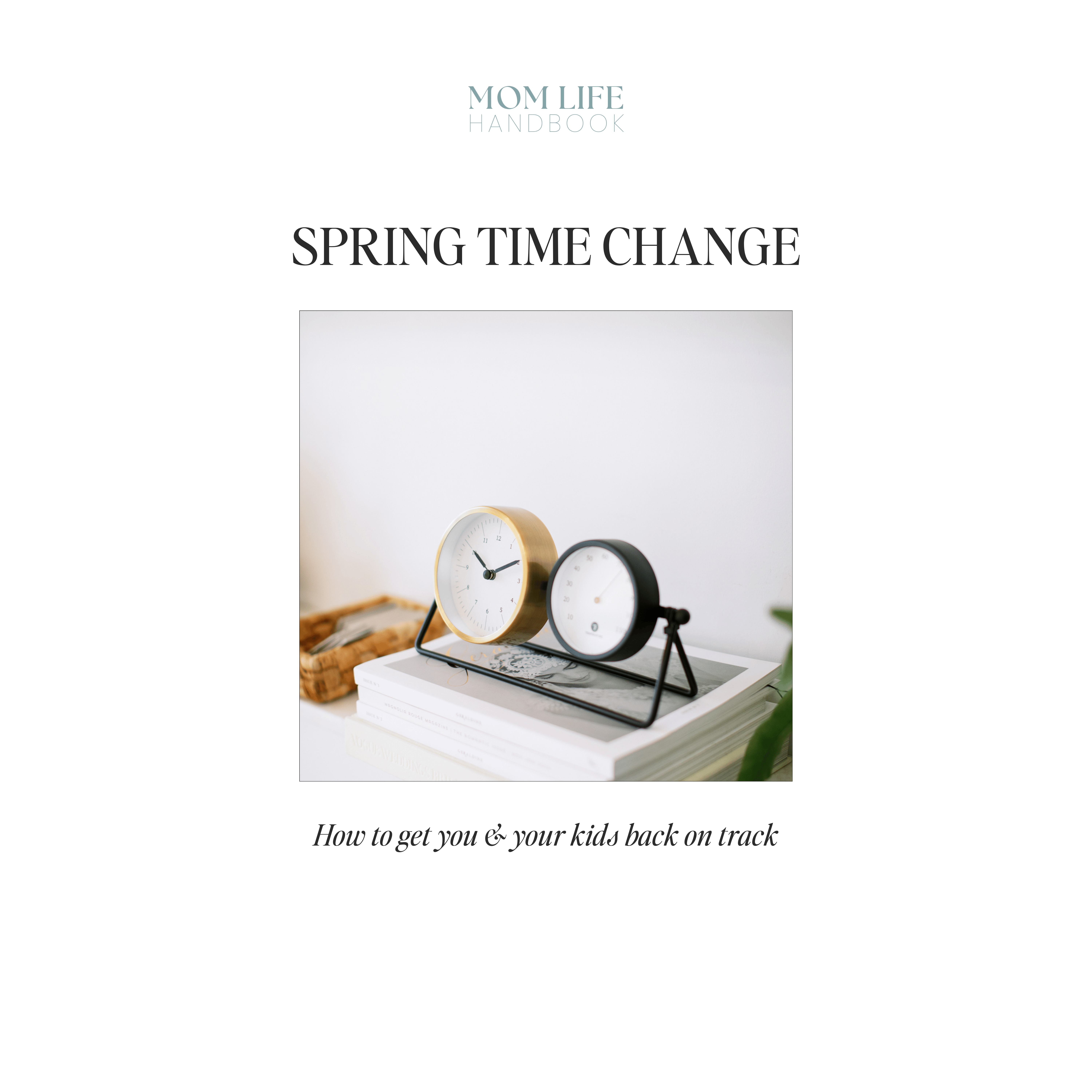Having Difficult Conversations About Your Child with Teachers + Caregivers


THE SCENE
She was doing it…again. My 3-year-old daughter was flat-out refusing to listen to her teachers when it was time to put on her outdoor gear. The first time this happened, I chalked it up to a lack of confidence in herself to be able to do it. I thought maybe it was that it was because of her speech/language delay. That there was something she did not know how to communicate. We problem-solved together, implemented a plan to build her confidence, + it worked for months!
THE PATTERN
Now here we were again + she was back at it. At this point, knowing she had been successful for months at putting on her own gear, this seemed strictly behavior to me. This was confirmed when my mother-in-law, who picks my daughter up from school (bless her), would go into the school to help. She was able to hold my daughter accountable with the same calm + patience as the teachers yet manage to get her to cooperate.
THE NECESSARY CONVERSATION
I analyzed these behaviors on my own for a while. Then I knew it was time to reach out to the teachers to begin problem-solving. I did not really know what they would say. And I was a little uneasy with the unknowns of what direction the conversation was going to go. Partly because I felt that if my mother-in-law was able to get my daughter to do what she was asked, I would have to find a way to discuss the cause of the problem without making the teachers feel as if I were pointing the finger at them.
I KNEW I NEEDED A PLAN.
So rather than winging it, I tried to plan through what a productive conversation would look like. I thought through how I would approach student problem-solving with my own colleagues, planned through what that process would look like at work because I knew this conversation should be no different.
I knew I needed to better understand the situation. I needed to hear about the teachers’ desired outcomes for any behavioral changes. Making sure we came up with a concrete plan was important because student success in long-term behavioral changes hinges on a concrete plan. I also wanted to work out some level of celebration so that my daughter would know when she was successful in achieving her goal.
I knew all of this. I planned it all through in my mind. But I was still anxious about how it would pan out.
WHAT WAS I NERVOUS ABOUT?!
In reality, I really didn’t need to be nervous about the chat, but it’s in my nature to follow the path of least resistance, so I was. Of course, the chat ended up happening in the span of fewer than 10 minutes + I think all of us were happy we had talked. We came up with a great plan to use a visual timer (LOVE this one) so that my daughter knew how much time she had to get dressed. I put a picture of my daughter in her outdoor gear on to a card that says, “I did it!”; whenever she beats the timer, she gets to put a princess sticker on the card. Those cards come home so that she can show off how proud she is + we can celebrate with her.
SUCCESS! (FOR NOW?)
And let me tell you, it has been wildly successful. There have been a couple of days since that she has tested the limits + not earned the card. But then she really rises back to the challenge. Once we finish a couple of weeks of consistent success, we will talk about fading some of the support. The goal is always to ensure she continues to progress toward full independence without relying on the visuals or tangibles. But one step at a time, right?
YOUR OWN HOW-TO:
So, in case you’re in a similar situation, here are the key steps that are involved in a productive problem-solving conversation with teachers. I think it’s important to remember that every situation + everyone’s comfort level is different. So just know that this is an exhaustive list + you should pick + choose what works best for you + your child.
Set the Tone
This is really important to ensure that this whole conversation is focused on problem-solving, rather than blame-placing. Be honest about your intentions in wanting to understand better the school’s perspective + setting up a plan that will support everyone’s goals for your child.
Seek to Understand
We may think we know what is going on at school, but take the time to hear what the teachers are seeing at school. Only after they’ve explained what they observe at school, take the time to share insight on what your child has shared at home.
Find Common Ground
Parents + teachers alike generally want what’s best for the child, so using this as the starting point is really important. Fleshing out what everyone wants + agreeing on the first priority to tackle helps set the tone for a productive problem-solving conversation.
Strategies that Work
Focus on what skills your child has shown to have or strategies he/she has responded to in the past–at both school + home. It can be really helpful in teasing out the cause of the behavior.
Sharing relevant insight on your child’s personality (strengths, challenges, etc.) can be helpful in creating the full picture. The only caveat to that is that some kids internalize their feelings while at school. When they get home, to their safe space, it all comes flooding out. So be aware that sometimes kids present very differently in different environments because of this.
Challenges
Identify challenges that your child still faces + rank-order them in terms of priority if needed. Think about what needs to happen first in order to set your child up for success.
Action Plan
Come up with an action plan that aligns with your child’s target + involves everyone as needed. The plan should involve a clear expectation, teaching your child a strategy to help them be successful, + opportunities to celebrate success.
Think through what is motivating to your child. This doesn’t have to be a physical object. Most kids love human connection + affirmation of their efforts. A simple plan for who will check in with your child to celebrate their wins at school is huge + following up at home in a similar fashion is often incredibly motivating.
Start there, and if that isn’t motivating enough, sometimes simple things like sticker charts or small rewards to be earned can be appropriate. Just make sure they’re only for a short while, until your child is fully confident in their own abilities to meet expectations.
Schedule
Before wrapping up, make sure to get a followup conversation on the calendar. This is a serious help in holding everyone accountable to follow-through. It also minimizes problems further down the road with anyone feeling like someone dropped the ball. It really neutralizes the situation + sets everyone up for successful follow-through. Set a date and time on the calendar now!
Thank You
To have an open, mutually-supportive conversation with your child’s success at the center of the conversation is incredible. It takes a lot from everyone–be sure to thank them for their involvement + for being a part of that concerted effort.
Support at Home
Reinforce at home with consistent, positive dialog + celebration of even small accomplishments toward the end goal. Confidence builds from these interactions. Be prepared for some good days + less-than-good for a while because learning is hard + takes time.
Try not to be tough on your kids when they don’t succeed, just remind them of the positives. The next day is a new one with new opportunities to try again.
Follow Up
Keeping your follow up meeting demonstrates your commitment to your child’s success at school. It will help the conversation continue. Use this time to identify what’s working well + what is still in process. Feel free to talk over any necessary changes that would be more supportive of your child’s success.
Potential roadblocks to successful problem solving:
Reacting vs. Advocating
Sometimes we get in our own way. Remember that the goal is to advocate for your child’s success at school. To me, this means making sure my children are able to build their independence + confidence so that they continue to grow academically + social-emotionally. It can be really helpful to measure a problem against this standard to decide whether you’re being reactive to or an advocate in a matter. When feeling reactive, take time to calm + gain more perspective. Going into any problem-solving with others is more effective when we are in an objective place mentally. Whenever possible, give yourself (+ your child) the time you need to get there before trying to problem solve.
Discomfort with Difficult Conversations
Some teachers don’t have particular strengths in problem-solving or are uncomfortable with being direct with parents. This can be true for veteran + novice teachers alike. Following a problem-solving approach sets the tone of looking for a solution that helps to minimize finger-pointing + defensiveness because it’s off the table completely.
Differences in Opinion
When differences of opinion arise, it’s best to do your best to stay focused on the shared goal of supporting your child. If someone is really digging in on a particular matter, it is often reflective of a true concern they have for your child + their success in the classroom. Do your best to repeat back what the others are saying + ask genuine, clarifying questions to better understand their point of view.
If you are not feeling heard yourself, consider phrasing your position differently. It’s also okay to say, “I know that we are seeing things differently right now. Let’s look back at what behaviors we are setting goals for and rank order them so we can agree on what to target in this first phase of supporting my child to be more successful.”
Bypassing the Teacher
Do your best to take this problem-solving approach with the teacher directly since they are the ones who spend the most time with your child. At the same time, if you feel as though those efforts have been fruitless, it is okay to also loop in their superiors into the conversation.
Just make sure that you explain to the classroom teacher that their time + conversations are appreciated + that you’d like to include other school leaders in the conversation to include their insight on the situation + bring new ideas to the table. This way, the teacher will still feel like a partner in the process while you also feel more supported by having other people from the school involved in the situation on behalf of your child at school.
NEXT STEPS
Alright, I just threw a lot at you right there + you may be uncertain how that would actually play out in your own child’s situation. Don’t worry, I’ve got you. I went ahead + put together a problem-solving planner in case you want a template for your own conversations. It includes a lot of great questions you could have on hand for your conversation, as well as room to jot down your own questions.
You might be the kind of person who just wants to plan out what you’re going to say before you go into a chat or maybe you want the planner right in front of you for the conversation. Use it however is best for you! Just check out the ‘Bonus’ section at the end of this post to get the planning guide.
YOUR FAMILY, YOUR THOUGHTS
Thinking through your own children’s experiences with teachers or caregivers, what has been toughest for them? Do you notice any patterns? Why do you think they have these particular struggles? How could a problem-solving approach open a dialog between you + the other adults in your child’s life to come up with a plan to support them? What still makes you apprehensive to take that first step?
© MOM LIFE HANDBOOK 2025 | Privacy, Terms + Conditions
Design by tonic | Photos by K WEINBERG & E Christopoulos
© MOM LIFE HANDBOOK 2025 | Design by tonic | photos by KRISTIN WEINBERG and Erin Christopoulos | Privacy, Terms + Conditions
Mom life is complex,
But it doesn't have to be complicated.
Get your weekly permission slip.
Join 1,000+ moms getting an honest, weekly guide to doing less (not more).









+ Show / Hide Comments
Share to: